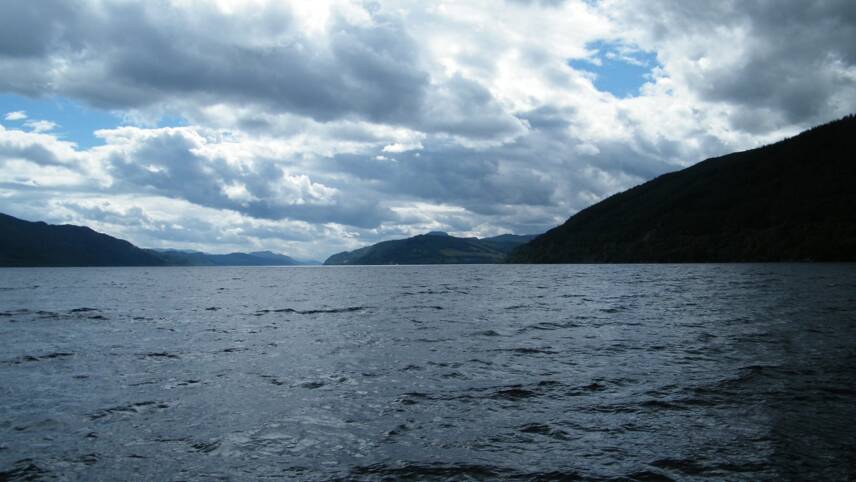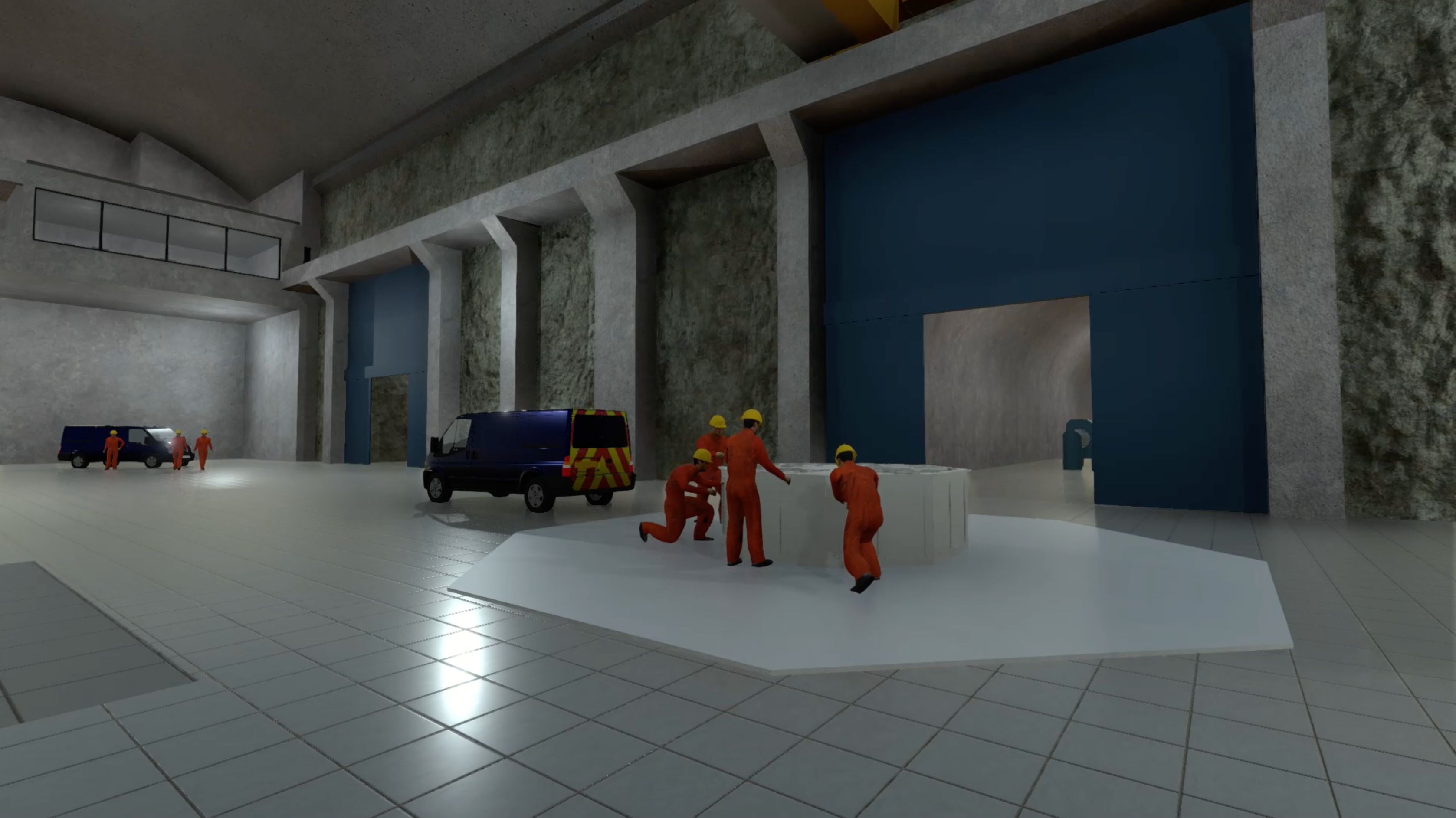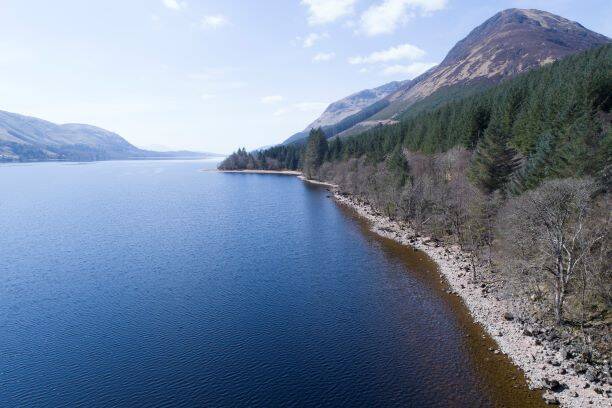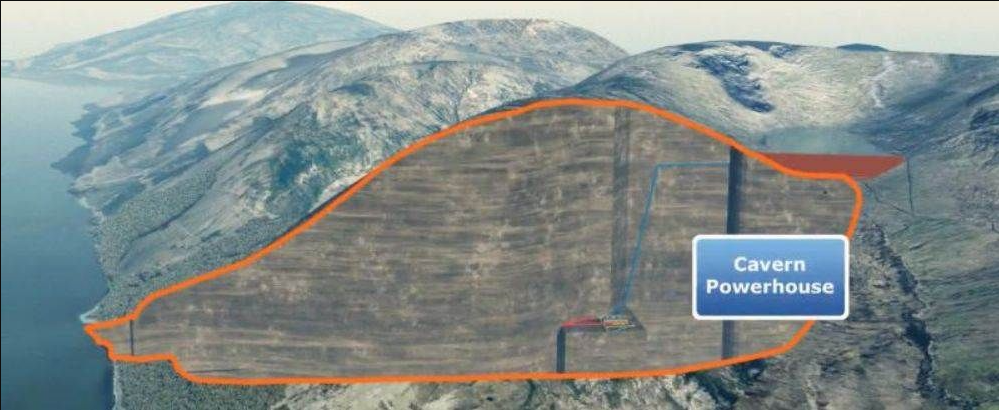You’ve reached your limit!
To continue enjoying Utility Week Innovate, brought to you in association with Utility Week Live or gain unlimited Utility Week site access choose the option that applies to you below:
Register to access Utility Week Innovate
- Get the latest insight on frontline business challenges
- Receive specialist sector newsletters to keep you informed
- Access our Utility Week Innovate content for free
- Join us in bringing collaborative innovation to life at Utility Week Live

Slated as the first large-scale pumped hydro storage scheme to be built in the UK for more than 30 years, Utility Week Innovate digs into plans to deliver up to 1.5GW and 30GWh of storage by 2030 at Coire Glas.
It’s forecast that SSE Renewables’ Coire Glas pumped storage plant – located in Scotland’s Great Glen between Fort William and Inverness – will create enough storage capacity to power three million homes for up to 24 hours when operational. More than doubling Britain’s existing capacity.
 After a revised application to increase proposed capacity from 600MW to 1,500MW was approved by the Scottish Government in October 2020, ground was broken in November 2021. The project is expected to take between five and six years to complete, will cost more than £1 billion and boast an operational life of more than half a century.
After a revised application to increase proposed capacity from 600MW to 1,500MW was approved by the Scottish Government in October 2020, ground was broken in November 2021. The project is expected to take between five and six years to complete, will cost more than £1 billion and boast an operational life of more than half a century.
During periods of low demand or surplus generation, electricity will pump water from Loch Lochy to an upper reservoir more than 500m above, storing energy. This is then released by using the water to generate hydro-electricity at a time when demand is high or other variable generation – such as wind or solar – is low.
SSE Renewables is currently conducting assessment work at the site which will determine whether construction can proceed as planned. Kicking off in October 2022, an extensive programme of exploratory works is required before a final decision can be taken.
According to SSE – whose highland infrastructure stretches back to the “hydro revolution” of the forties and fifties and spans 54 powers stations, 78 dams and more than 300km of underground tunnels – the scheme will be able to provide minute-by-minute balancing services to the grid but also sustain services for long periods, up to days at a time, if needed.
The role of long-term storage
While pumped hydro is a well-established technology, Coire Glas represents the first project on this scale to be developed in the UK for more than three decades, according to project director Ian Innes.
Innes tells Utility Week Innovate that the lack of policy framework to facilitate the deployment of flexible long-duration electricity storage technologies has made it difficult to press ahead with capital intensive large-scale pumped storage schemes such as Coire Glas due to high upfront costs and a lack of forecastable revenue streams.

- Supporting customers through this winter and identifying emerging vulnerabilities are among the key themes at the Utility Week Forum, which will take place in London on 8-9 November. Find out more here.
However, hollowing out peaks in the Scottish highlands to house enormous energy projects appears to be making something of a comeback amid efforts to hit ambitious net-zero targets.
In May, for example, it was announced that renewable energy firm Drax had applied for planning consent to more than double the generating capacity at its Cruachan hydro power station from 2030. A prospective plant of up to 600MW, Cruachan Two would be located inside Ben Cruachan – Argyll’s highest mountain – and require the excavation of around two million tonnes of rock to create a new, hollowed-out cavern large enough to fit Big Ben on its side.
 Large amounts of long-duration energy storage will be required to support accelerated renewable energy plans set out in April’s energy security strategy, in which the government increased its offshore wind target to 50GW by 2030 and committed to onshore wind and solar roll outs that could see 95% of power coming from low carbon sources by 2030.
Large amounts of long-duration energy storage will be required to support accelerated renewable energy plans set out in April’s energy security strategy, in which the government increased its offshore wind target to 50GW by 2030 and committed to onshore wind and solar roll outs that could see 95% of power coming from low carbon sources by 2030.
What’s more, a government document published in August discussing the deployment of large-scale and long-duration electricity storage concluded that it has an important role to play in achieving net zero, integrating and maximising the use of renewables, contributing to security of supply, and shaking up Britain’s technology mix.
“The importance of hydro power has been reasserted in light of climate change, both as a source of low-carbon electricity, and through pumped storage as an enabler for other renewable energy sources,” explains Liam Knapp, chief commercial officer at Peacock Engineering – SSE Renewables’ enterprise asset management solutions provider. “This is reflected in schemes such as Coire Glas.”
 Innes adds that several recent studies have highlighted the benefits of deploying long-duration storage technologies such as pumped storage. For example, Aurora Energy Research, a group founded by University of Oxford professors and economists, found that 24GW of such storage – eight times the current installed capacity – would be needed to meet the government’s commitment to decarbonise the power sector by 2035.
Innes adds that several recent studies have highlighted the benefits of deploying long-duration storage technologies such as pumped storage. For example, Aurora Energy Research, a group founded by University of Oxford professors and economists, found that 24GW of such storage – eight times the current installed capacity – would be needed to meet the government’s commitment to decarbonise the power sector by 2035.
“Such levels of long-duration energy storage would not only reduce overall system costs by 2.5% to £1.13 billion per annum, benefiting bill payers, but also drastically cut our reliance on imported gas,” he says. “Local communities are also set to benefit through local community investment funds whilst the construction of the project would create at least 500 jobs, further supporting the UK government’s ‘levelling-up’ agenda.”
New tools and targets
Featuring large-scale hydro power station, Glendoe, SSE Renewables’ hydro portfolio currently totals 1,459MW, includes 300MW of pumped storage and 750MW of flexible hydro.
However, to make the required progress at Coire Glas and grow this further, Innes emphasises the need for the supply chain to ensure modern technologies and construction techniques are adopted where possible. Construction can’t and won’t be a matter of picking up the same tools and techniques as before.
 “This includes maximising the performance of the scheme using the latest pump turbine designs and technologies to provide ancillary services to support operation of the transmission network and modern sustainable construction methods,” he says.
“This includes maximising the performance of the scheme using the latest pump turbine designs and technologies to provide ancillary services to support operation of the transmission network and modern sustainable construction methods,” he says.
Already partnering with Stantec and COWI – respective experts in hydro pump storage design and underground engineering works – at Coire Glas, SSE Renewables selected mining and tunnelling firm Strabag to undertake further exploratory work in April.
However, it goes without saying that hollowing a mountain and installing the means to more than double Britain’s total electricity storage capacity comes with its share of environmental and logistical challenges.
“Before any construction can begin at Coire Glas the geological conditions at the site need to be fully investigated and understood,” Innes explains.
“This means tunnelling into the heart of the hill underneath the proposed dam site to the proposed location for the underground power cavern and sampling and surveying the rock structures to inform the design of the underground works.
“The exploratory works to do this will take between 12-18 months, so represent a considerable engineering project in their own right.”
 Once this is complete, project teams will then excavate underground works and begin moving – and reusing where possible – millions of tonnes of material.
Once this is complete, project teams will then excavate underground works and begin moving – and reusing where possible – millions of tonnes of material.
But how are teams ensuring that no undue damage is caused to the Great Glen – a huge rift valley housing four lochs and a defining feature of the north of Scotland – amid unprecedented focus on environmental impact?
“A full environment impact assessment was undertaken as part of the planning consent for the project,” Innes explains.
“Once constructed, a large part of the scheme’s infrastructure will be underground and out of view. Also, by using the natural features of Coire to create the upper reservoir this makes the scheme’s location environmentally ideal as there are no significant works required to create the reservoir behind the dam.”
Utility Week Innovate, in collaboration with Utility Week Live aims to discover and promote innovative approaches to tackle front line business challenges through case studies, technical/project studies, networking, and live content. Be recognised as a key solution provider and meet your target audience face-to-face at UWL23. Find out more about exhibiting
Please login or Register to leave a comment.